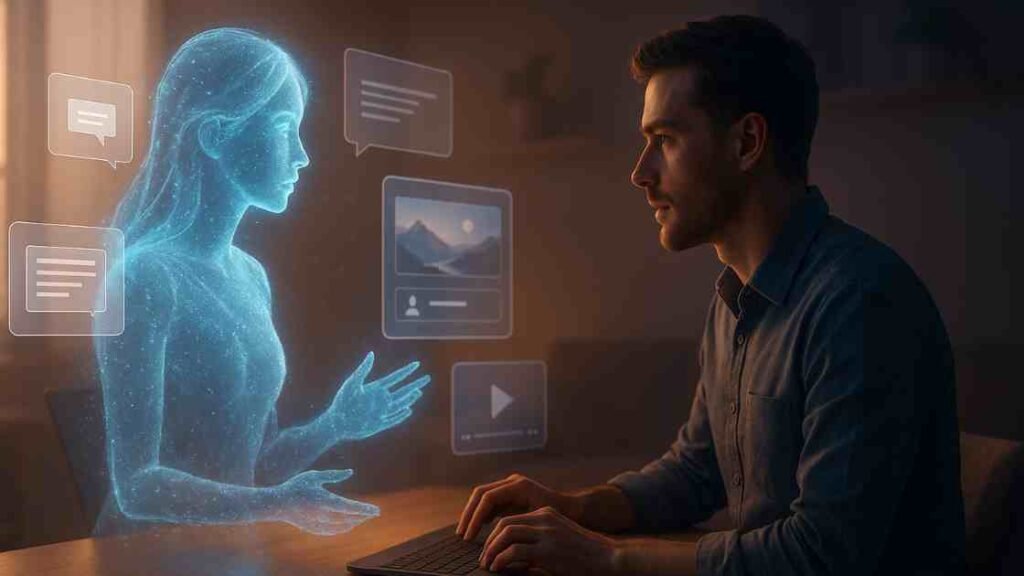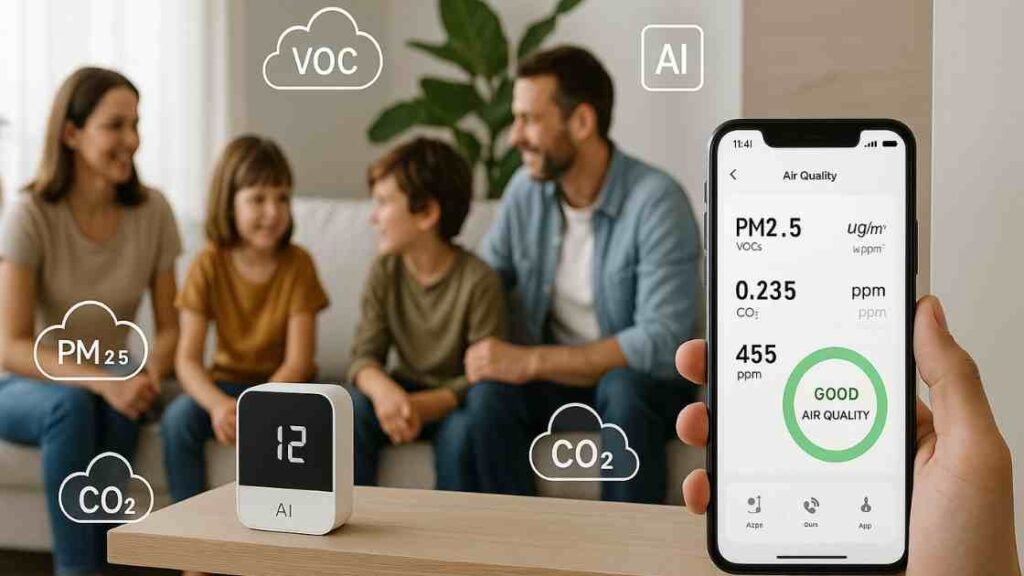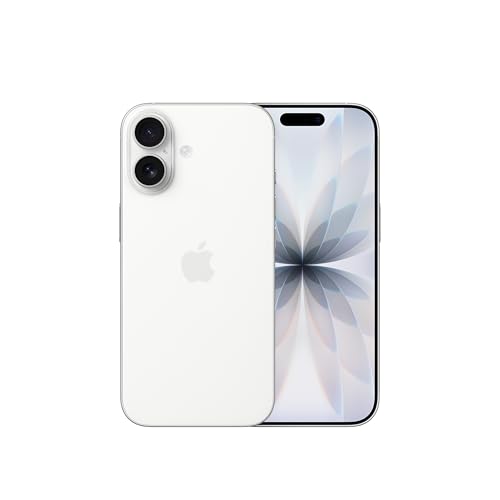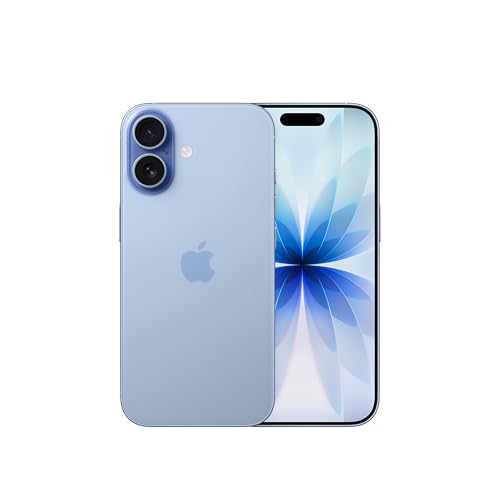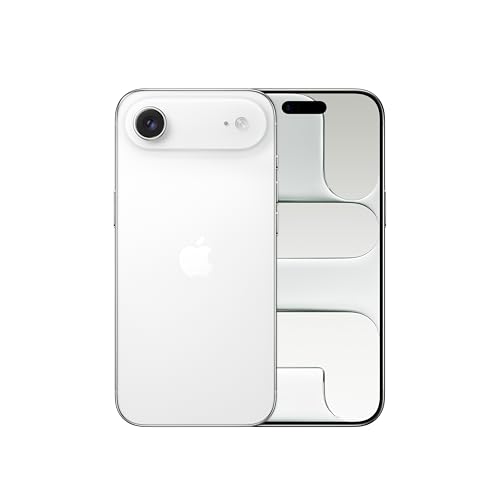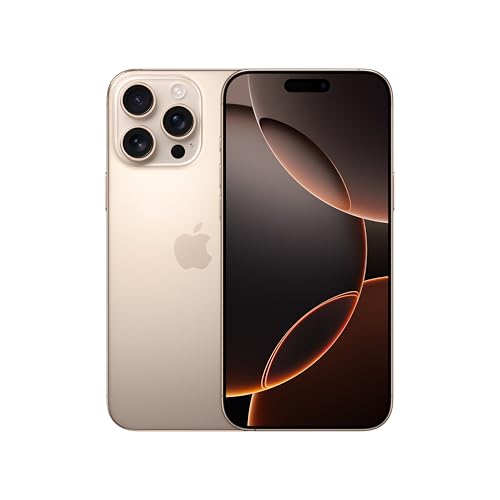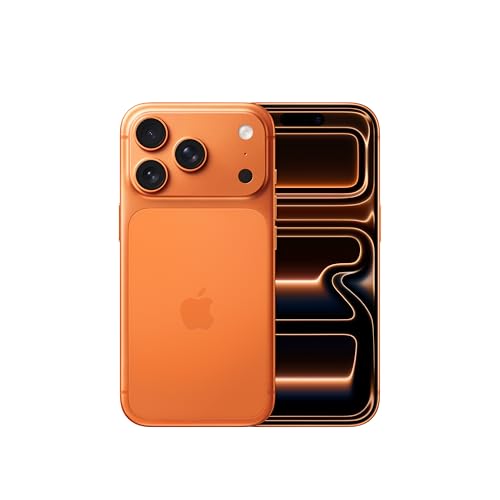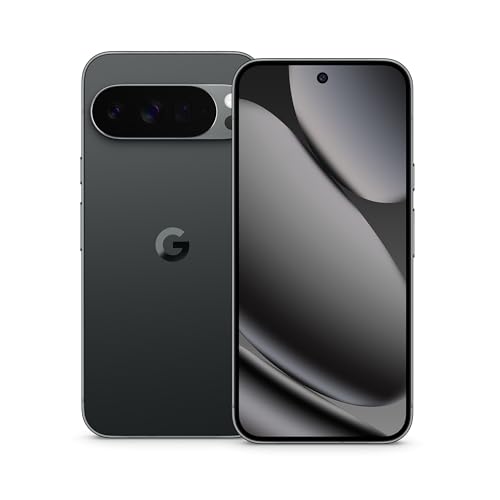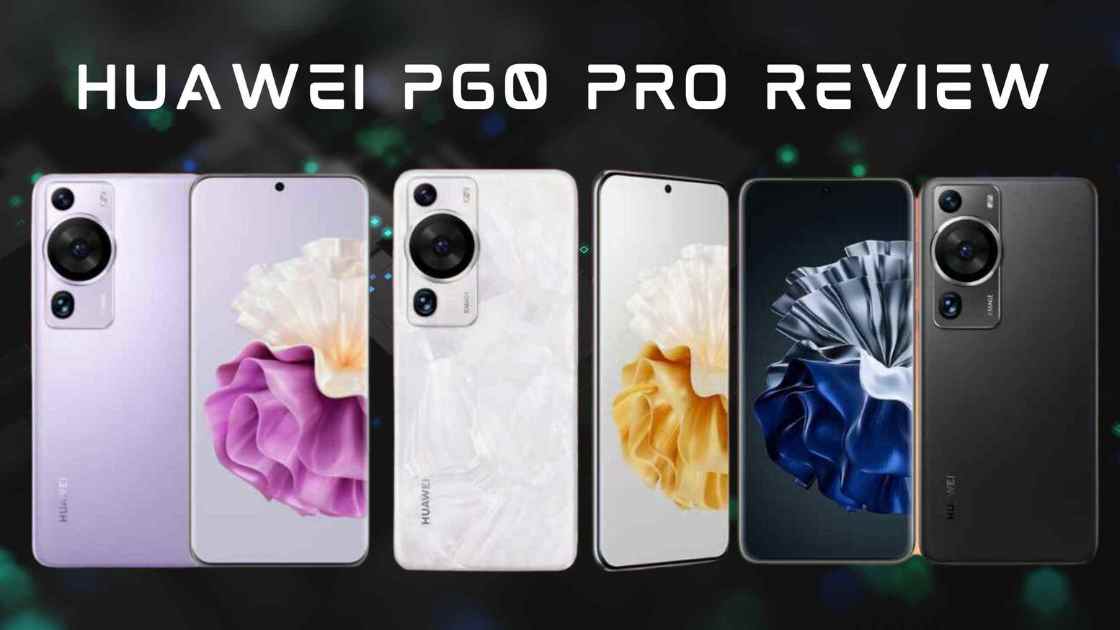iPhone 17 Camera (2025): Full Features, Specs & Upgrades Explained
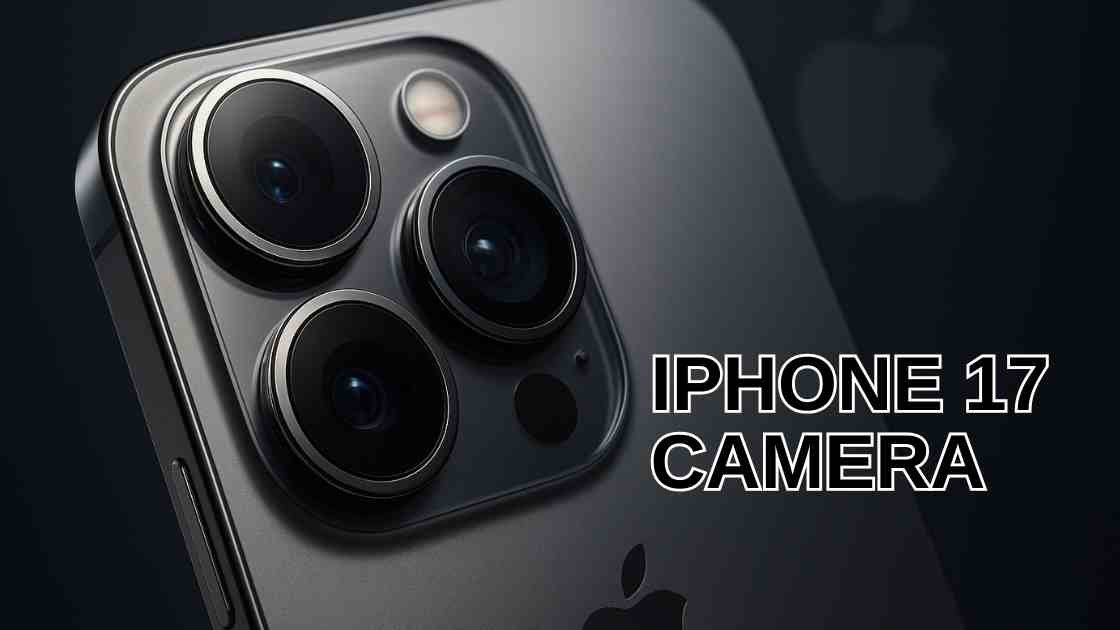
The iPhone 17 camera is more than a routine update — it marks a transformational step in Apple’s approach to mobile photography. For 2025, Apple blends next-generation 48-megapixel sensors, machine-learning precision, and professional-grade video tools to create one of the most advanced smartphone imaging systems to date.
From everyday snapshots to cinematic storytelling, the iPhone 17 lineup brings sharper detail, improved low-light control, and more natural color reproduction. Every model — including the newly introduced iPhone 17 Air, Apple’s ultra-thin variant that replaces the previous Plus series — has been engineered with creators in mind, balancing performance, portability, and visual fidelity.
At the heart of this leap forward is Apple’s Fusion technology, a sophisticated imaging pipeline that merges high-resolution sensor data with AI-driven pixel-binning and multi-frame processing. This allows the iPhone 17 to capture bright, texture-rich 12 MP photos while retaining full 48 MP flexibility for ProRAW shooters.
Apple’s continued refinement of the Photonic Engine and Deep Fusion systems ensures lifelike tones, accurate depth, and cinematic consistency across photos and videos alike. Combined with features such as ProRes RAW, Apple Log 2, and improved stabilization, the iPhone 17 camera lineup redefines what a smartphone can achieve — merging artistic creativity with professional-level control.
Camera Specifications Overview
The iPhone 17 series brings a unified approach to imaging excellence, upgrading every model with premium sensors and AI-powered image processing.
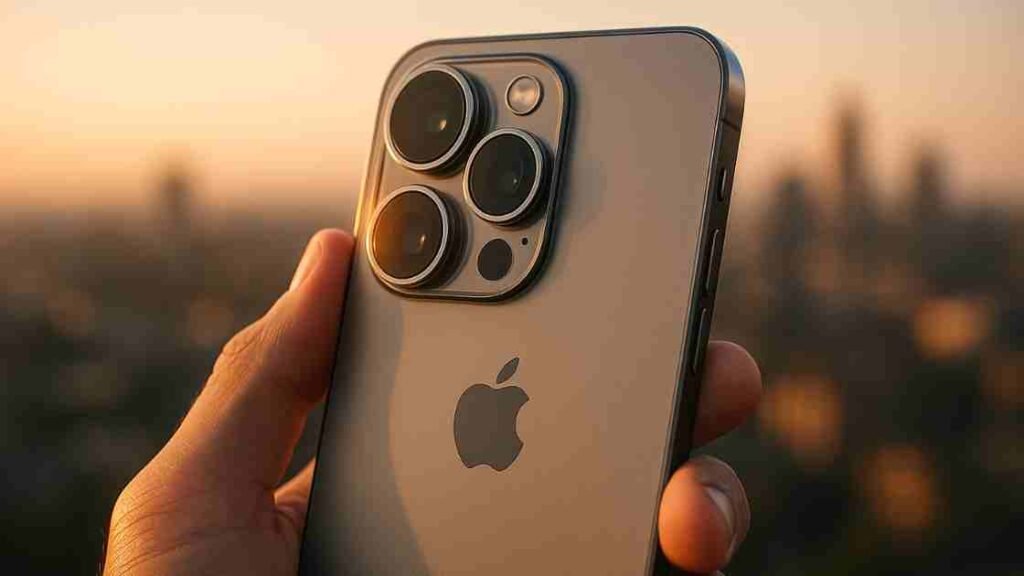
iPhone 17 and iPhone 17 Air:
Apple has introduced a new iPhone 17 Air, an ultra-thin variant designed to replace the former “Plus” line, combining portability with flagship-level performance. Both the standard iPhone 17 and the Air share a dual-lens 48 MP Fusion system, featuring a primary wide-angle lens and a secondary ultra-wide lens.
The main sensor also supports an optical-quality 2× telephoto crop, offering flexibility for portraits, landscapes, and macro-style captures without losing clarity.
(Earlier rumors suggested the Air might ship with a single rear camera, but Apple’s official release confirmed the same dual-48 MP configuration across both models.)
Understanding Apple’s “Fusion” Technology:
Apple’s new Fusion imaging system blends the power of its 48-megapixel sensors with advanced pixel-binning and multi-frame computational photography. This process merges multiple exposures at the pixel level, producing exceptionally detailed and color-accurate 12 MP final images while preserving full-resolution 48 MP flexibility for ProRAW shooting. The result is brighter, sharper, and more balanced photos under any lighting condition.
iPhone 17 Pro and Pro Max:
Apple’s flagship Pro models elevate mobile imaging to professional territory with a triple 48 MP camera setup — wide, ultra-wide, and telephoto. The highlight feature is the 8× optical-quality zoom, the longest yet on an iPhone, achieved through a precision tetraprism lens design. These Pro editions also incorporate nanocoated optics to reduce glare and maintain contrast in complex lighting environments.
Front Camera (All Models):
Every version of the iPhone 17 now includes an upgraded 18 MP Center Stage front camera with a wider field of view and intelligent AI framing that automatically adjusts to keep subjects centered during calls or group selfies.
Next-Generation Camera Features
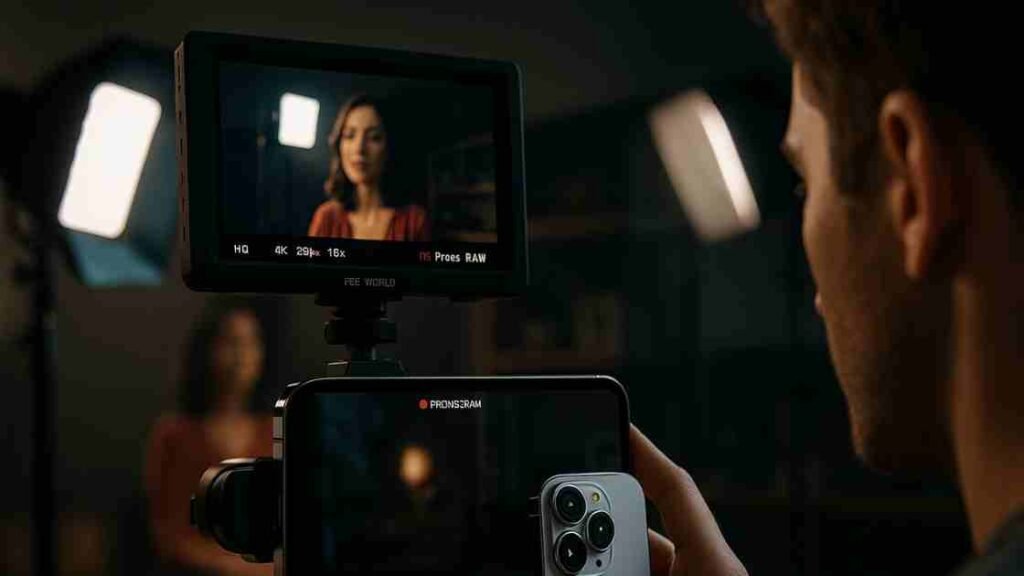
Apple combines hardware precision with intelligent software to redefine mobile photography and videography.
- ProRes RAW and Apple Log 2 (Pro Models): Creators can now record in ProRes RAW or Apple Log 2, providing deeper color depth and flexibility in post-production. These professional codecs allow advanced color grading similar to what’s possible on high-end cinema cameras — a huge advantage for filmmakers and YouTubers.
- Deep Fusion & Photonic Engine: Apple’s improved Photonic Engine uses neural processing to merge multiple exposures for enhanced texture and dynamic range. Combined with Deep Fusion, it ensures accurate tone mapping and minimal noise, even in low light.
- Camera App Enhancements: The updated Camera app introduces a new Camera Control button for instant access to modes like Portrait, Night, and Pro RAW. Meanwhile, Dual Capture Mode allows users to record video simultaneously from the front and rear cameras — ideal for travel vlogs, interviews, or reaction clips.
Professional-Grade Video Recording
The iPhone 17 Pro camera solidifies Apple’s dominance in smartphone videography, transforming everyday shoots into cinematic experiences.
- 8K Video Recording:
Pro and Pro Max models now record in 8K at 30 fps, providing up to 16× the resolution of 1080p. This feature allows creators to crop, reframe, or stabilize footage in post without losing detail — a breakthrough for mobile filmmakers. - Advanced Stabilization:
Apple’s new hybrid stabilization system combines optical image stabilization (OIS) and sensor-shift technology for ultra-smooth results. Handheld clips, even while walking, appear as if captured on a gimbal. - Enhanced Cinematic Mode:
The refined Cinematic Mode enables real-time focus transitions and manual depth control. Whether filming documentaries or short reels, users can achieve a natural, film-like depth-of-field effect effortlessly.
AI and Computational Photography
AI plays a central role in the iPhone 17’s camera software. Apple’s neural engine continuously analyzes lighting, motion, and subject data to deliver optimal exposure and focus in every shot. Features such as Smart HDR 6, scene recognition, and adaptive color balance ensure photos look true-to-life under any condition.
With on-device machine learning, Apple prioritizes both speed and privacy — all enhancements happen locally, preserving user data while boosting image quality.
Comparison with Other Smartphones
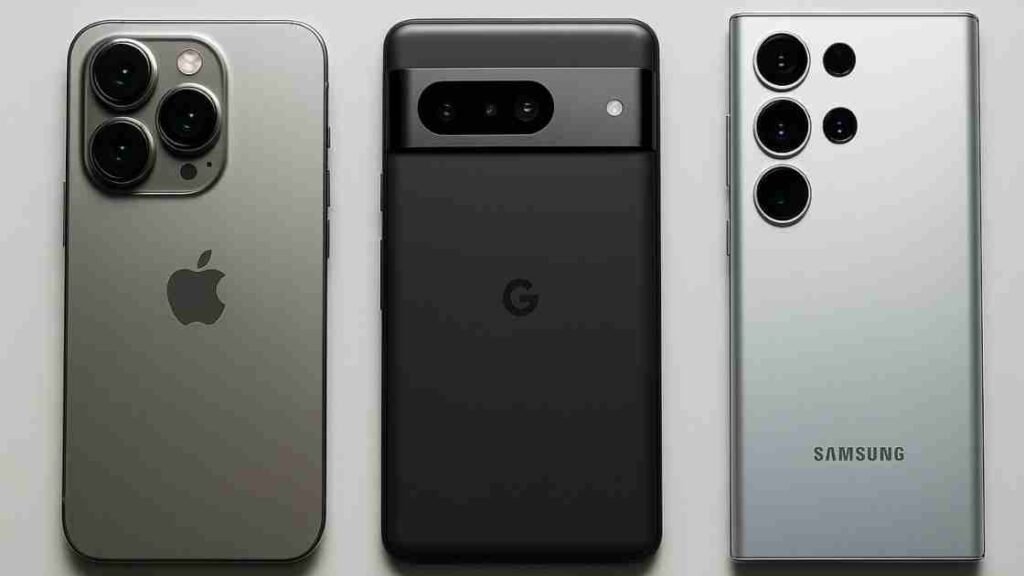
iPhone 17 vs Google Pixel 10: AI Power Meets Optical Precision
Two Different Philosophies in Smartphone Photography
When it comes to smartphone photography, the iPhone 17 and Google Pixel 10 represent two distinct philosophies in camera design — one driven by optical hardware mastery, and the other by AI software brilliance.
Pixel 10: AI-Driven Computational Photography
Google’s Pixel 10 continues to lead in AI-based post-processing and computational photography. Its imaging pipeline, powered by the Tensor G4 chip, relies heavily on machine learning and software interpretation rather than raw optical capture.
The Pixel automatically adjusts shadows, contrast, and white balance to create visually striking images with dramatic depth and saturated tones. Tools like Best Take, Magic Editor, and Real Tone 2.0 further enhance usability, appealing to everyday users who want quick, auto-optimized photos with minimal effort.
iPhone 17: Natural Color and Sensor-Level Precision
Apple’s iPhone 17 camera system focuses on producing a more natural, color-accurate output through its dual 48 MP Fusion cameras and refined Photonic Engine.
Instead of over-processing, Apple merges sensor-level data with AI analysis to preserve authentic detail, realistic texture, and balanced dynamic range. The results are lifelike photos that maintain tonal consistency across lighting conditions — from sunny exteriors to dim indoor environments.
Video Quality: Apple Still Leads the Field
When it comes to video recording, Apple maintains a clear advantage. The iPhone 17 and 17 Pro excel with superior HDR video, cinematic depth control, and sensor-shift stabilization for smooth handheld footage.
Although Google has upgraded its video algorithms, the Pixel 10 still shows more compression and noise in low-light or high-motion scenes. Apple’s ProRes RAW and Apple Log 2 codecs (exclusive to Pro models) give creators unmatched flexibility for color grading and post-production, setting a new bar for mobile cinematography.
Verdict: AI-Enhanced Beauty vs Optical Truth
Where the Pixel 10 shines in automated editing and AI-assisted corrections, the iPhone 17 distinguishes itself with optical versatility, video excellence, and color science faithful to real-world tones.
In short, the Pixel captures AI-enhanced beauty, while the iPhone captures optical truth.
For users who value vivid, instantly shareable photos, the Pixel 10 remains an excellent pick. But for those seeking balanced performance, professional-grade video, and natural color accuracy, the iPhone 17 camera confidently takes the lead.
iPhone 17 Pro vs Samsung Galaxy S25 Ultra: Precision Optics vs Periscope Power
The rivalry between Apple’s iPhone 17 Pro and Samsung’s Galaxy S25 Ultra defines the cutting edge of smartphone photography in 2025. Both flagships push imaging boundaries, yet they do so through distinct philosophies — Apple focusing on sensor precision and cinematic color science, while Samsung emphasizes zoom reach and AI-driven versatility.
If you’d like to see how Apple’s previous generation compared, check out our detailed analysis in Battle of Titans: iPhone 15 Pro Max vs Samsung S24 Ultra – A Comprehensive Camera Showdown.
Camera Hardware and Zoom Capabilities
Samsung’s S25 Ultra continues its legacy of extreme telephoto performance with a quad-lens array that includes a 200 MP main sensor, 12 MP ultra-wide, and two dedicated periscope telephoto lenses offering up to 10× optical zoom and 100× digital “Space Zoom.” This configuration gives it undeniable range for distant subjects, sports, or wildlife.
Apple’s iPhone 17 Pro, by contrast, takes a more integrated approach. Its triple 48 MP camera system — wide, ultra-wide, and telephoto — delivers a consistent imaging experience across all focal lengths. The standout feature is Apple’s new 8× optical-quality zoom, achieved through advanced tetraprism lens engineering and precise image fusion. While Samsung edges ahead in raw zoom distance, Apple’s shots retain higher color accuracy and less distortion at comparable magnifications.
Color Science and Image Processing
Apple’s Photonic Engine and Deep Fusion technologies focus on preserving natural tones and fine detail, producing photos that look realistic and balanced straight out of the camera. Samsung’s processing leans toward high-contrast, saturated output, which often appears more dramatic on-screen but can exaggerate certain hues.
In side-by-side tests, the iPhone 17 Pro tends to handle skin tones, white balance, and HDR transitions more consistently. The S25 Ultra, however, captures stunning high-dynamic-range images under bright daylight, making it ideal for outdoor photography enthusiasts who enjoy bold visuals.
Video Recording and Professional Workflow
Here Apple maintains a commanding lead. The iPhone 17 Pro offers 8K video at 30 fps, ProRes RAW, and Apple Log 2 for advanced post-production flexibility. Its sensor-shift stabilization ensures cinematic steadiness even during handheld motion. Samsung’s S25 Ultra also records 8K, yet its footage often relies more on electronic stabilization and exhibits minor compression in complex scenes.
Apple’s color pipeline integrates seamlessly with Final Cut Pro for iPad and Mac, letting creators shoot, edit, and grade in a unified ecosystem — a significant advantage for filmmakers, vloggers, and commercial shooters.
Low-Light and Night Photography
Both devices excel in low-light scenarios. Samsung’s large-sensor Nightography 2.0 produces bright, detailed images thanks to aggressive multi-frame noise reduction. Apple’s approach is subtler: the iPhone 17 Pro’s Photonic Engine balances exposure and texture retention, yielding images with softer highlights and more authentic contrast. Night portraits, in particular, appear more lifelike on the iPhone.
Overall Experience
The Galaxy S25 Ultra is a powerhouse for users who value extreme zoom and vibrant, eye-catching photos. It remains the king of long-range shooting. The iPhone 17 Pro, however, delivers a more balanced, professional-grade experience — consistent color across lenses, smoother HDR video, and a post-production workflow unmatched in the mobile space.
For everyday creators who share directly from the phone, Samsung offers instant visual appeal. For content professionals who demand cinematic quality, accurate color, and editing flexibility, the iPhone 17 Pro firmly holds the edge.
Overall Comparison: iPhone 17 vs Google Pixel 10 vs Galaxy S25 Ultra
Three Flagships, Three Unique Approaches to Smartphone Photography
The iPhone 17, Google Pixel 10, and Samsung Galaxy S25 Ultra represent the pinnacle of smartphone imaging in 2025 — yet each brand pursues excellence through a different lens.
- Apple focuses on sensor-level precision, color accuracy, and cinematic video.
- Google prioritizes AI-assisted computational photography for quick, visually striking results.
- Samsung emphasizes hardware dominance, particularly in zoom range and high dynamic contrast.
In simple terms:
- The Pixel 10 makes every shot Instagram-ready with minimal effort.
- The Galaxy S25 Ultra dominates long-distance photography with unmatched zoom.
- The iPhone 17 balances professional video tools, natural color science, and optical consistency — making it the most versatile choice for creators.
📸 Camera Comparison Table (2025 Flagship Models)
| Feature / Spec | iPhone 17 / 17 Pro | Google Pixel 10 | Samsung Galaxy S25 Ultra |
|---|---|---|---|
| Main Camera Setup | Dual 48 MP (17 / Air) · Triple 48 MP (Pro) | 50 MP main · 48 MP ultra-wide · 64 MP telephoto | 200 MP main · 12 MP ultra-wide · Dual telephoto lenses |
| Zoom Capability | 2× (17) · 8× optical-quality (Pro) | 5× optical | 10× optical · 100× digital “Space Zoom” |
| Front Camera | 18 MP Center Stage AI framing | 12 MP AI portrait camera | 12 MP Dual Pixel AF |
| Video Recording | 8K @ 30 fps (Pro models) · ProRes RAW · Apple Log 2 · Cinematic Mode | 4K @ 60 fps · Tensor AI stabilization | 8K @ 30 fps · HDR10+ · Super Steady Mode |
| Color Science | Natural, true-to-life tones | AI-enhanced, contrast-heavy | Saturated, vibrant output |
| Low-Light Performance | Excellent – Photonic Engine & Deep Fusion | Good – AI noise control | Very good – Nightography 2.0 |
| AI/Computational Features | Photonic Engine · Deep Fusion · Smart HDR 6 | Magic Editor · Best Take · Real Tone 2.0 | Scene Optimizer · AI Remaster · Object Eraser |
| Cinematic Tools | ProRes RAW · Apple Log 2 · Cinematic Mode | AI video filters · Auto HDR | 8K video · HDR10+ · Director’s View |
| Ideal For | Professionals, content creators, filmmakers | Everyday users, casual photographers | Travel, zoom lovers, high-contrast photography |
| Overall Verdict | Balanced precision and professional workflow | AI-driven creativity made simple | Maximum zoom and vibrant detail |
Final Verdict
Each flagship has its own audience.
- The Google Pixel 10 is perfect for users who want effortless, vibrant, AI-enhanced photos ready to share in seconds.
- The Samsung Galaxy S25 Ultra dominates zoom photography and outdoor visuals with its long-range optics and bold dynamic range.
- The Apple iPhone 17, however, strikes the perfect balance between realism and professional control. With its 48 MP Fusion sensors, 8× optical-quality zoom, and ProRes/Log 2 video pipeline, it remains the most consistent and creator-focused camera phone of 2025.
In the end, Pixel captures AI magic, Samsung captures spectacle, and iPhone captures truth.
Real-World Performance and User Experience
Early reviewers highlight that the iPhone 17 camera produces more natural skin tones, cleaner night shots, and significantly reduced noise compared to the previous generation. Thanks to its Fusion pipeline, images exhibit remarkable depth and realism.
Video creators appreciate the consistent white balance between lenses — a challenge many Android competitors still face. Combined with the phone’s faster A19 Bionic chip, processing 48-MP photos and 8K footage feels instant.
Redefining Mobile Photography in 2025

The iPhone 17 camera system is not just a step forward — it’s Apple’s most comprehensive reimagining of smartphone photography to date. By merging cutting-edge 48 MP Fusion sensors, advanced AI-assisted processing, and cinematic-grade video tools, Apple has delivered a camera platform that speaks equally to casual users and professional creators.
Across the lineup — from the sleek new iPhone 17 Air to the powerful iPhone 17 Pro and Pro Max — every lens, algorithm, and design element has been tuned for clarity, depth, and realism. The Fusion imaging pipeline, powered by pixel-binning and multi-frame computation, ensures crisp, true-to-life photos that retain professional flexibility. Apple’s Photonic Engine and Deep Fusion technologies further refine textures and tones, especially in challenging light, producing results that feel balanced and naturally vivid.
When compared with its closest rivals, the Google Pixel 10 and Samsung Galaxy S25 Ultra, Apple’s vision stands clear. Google continues to excel at AI-driven enhancement and instant social-ready photos, while Samsung dominates extreme zoom performance. Yet, Apple bridges both worlds — combining hardware precision, computational intelligence, and professional video capability in one consistent ecosystem.
The iPhone 17 proves that smartphone photography is no longer about pushing specs alone; it’s about creating tools that understand how people capture and share their world. With its seamless integration of ProRes RAW, Apple Log 2, and 8× optical-quality zoom, Apple’s 2025 lineup empowers creators to produce studio-quality visuals directly from their pocket.
For anyone who values authentic color, versatile optics, and pro-grade video control, the iPhone 17 camera isn’t just an upgrade — it’s a complete creative platform. In a landscape filled with AI-enhanced competition, Apple once again redefines the meaning of mobile photography — combining innovation, precision, and artistic freedom in a single device.
FAQs: iPhone 17 Camera (2025)
1) What are the biggest iPhone 17 camera upgrades in 2025?
All models now feature 48 MP rear sensors, an upgraded 18 MP Center Stage selfie camera, and a more advanced Photonic Engine for better low-light shots. The Pro versions add 8× optical-quality zoom plus ProRes RAW and Apple Log 2 for professional video recording.
2) Does the iPhone 17 Air have the same cameras as the standard iPhone 17?
Yes. Despite early rumors, the final iPhone 17 Air includes the same dual 48 MP Fusion system with wide and ultra-wide lenses, plus an optical-quality 2× crop for portraits and telephoto shots.
3) Which iPhone 17 models support 8K video recording?
Only the iPhone 17 Pro and Pro Max support 8K video recording at 30 fps, making them ideal for creators who need high-resolution footage and editing flexibility.
4) What is Apple’s 48 MP Fusion camera system?
It’s Apple’s advanced image-processing pipeline that combines 48 MP data with pixel binning and computational photography. The result is detailed, low-noise images with natural color accuracy and enhanced dynamic range.
References & Further Reading
- Apple Inc. (2025). iPhone 17 Pro – Camera and Video Specifications. Apple Official Website.


